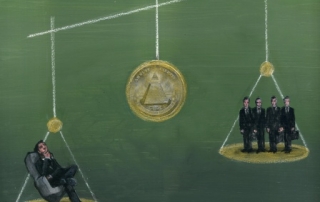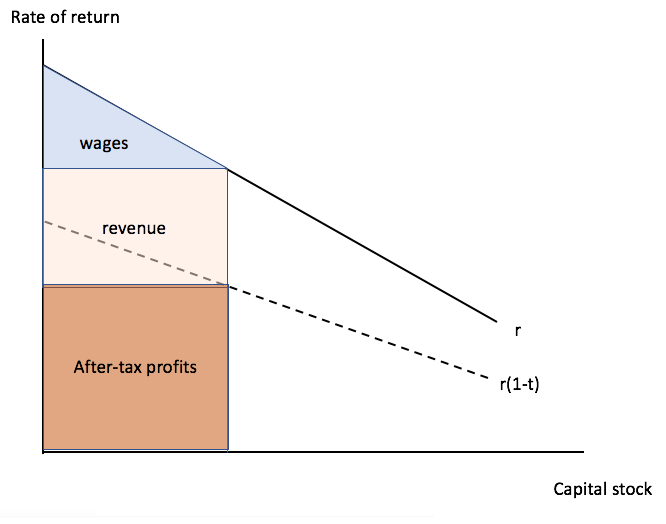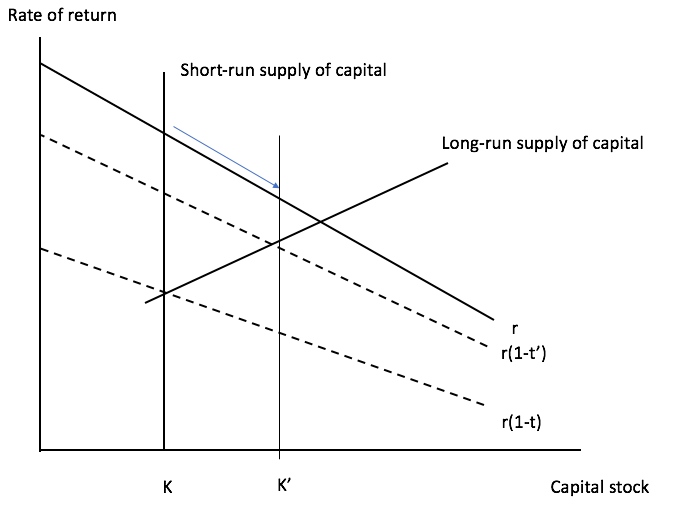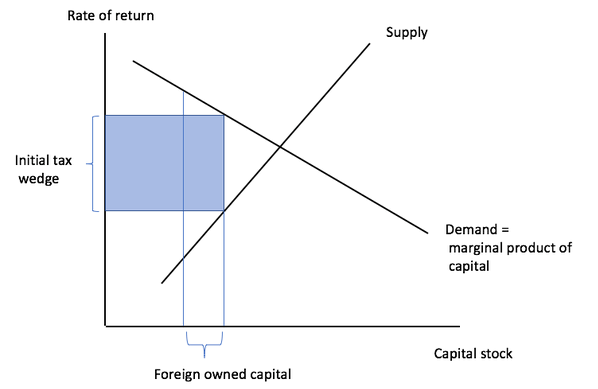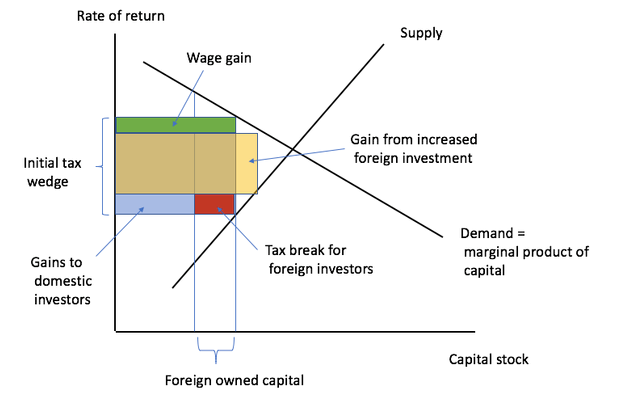Why 20th Century Tools Cannot Be Used to Address 21st Century Income Inequality
Branko Milanovic
February 16, 2018
The remarkable period of reduced income and wealth inequality in the rich countries, roughly from the end of the Second World War to the early 1980s, relied on four pillars: strong trade unions, mass education, high taxes and large government transfers. Since the increase of inequality twenty or more years ago, the failed attempts to stem its further rise have relied on trying, or at least advocating, the expansion of all or some of the four pillars. But neither of them will do the job in the 21st century.
Why? Consider trade unions first. The decline of trade union density, present in all rich countries and especially strong in the private sector, is not the product of more inimical government policies only. They might have contributed to the decline but are not the main cause of it. The underlying organization of labor changed. The shift from manufacturing to services and from enforced presence on factory floors or offices to remote work implied a multiplication of relatively small work units, often not located physically in the same place. Organizing a dispersed workforce is much more difficult than organizing workers who work in a single huge plant and share a single interest. In addition, the declining role of the unions is a reflection of the diminished power of labor vis-à-vis capital, due to the massive expansion of wage labor (that is, labor working under a capitalist system) since the end of the Cold War, and China’s re-integration into the world economy. While the latter was a one-off shock, its effects will persist for at least several decades, and may be reinforced by future high population growth rates in Africa, thus keeping the relative abundance of labor undiminished.
Mass education was a tool for reducing inequality in the West in the period when the average number of years of schooling increased from 4 or 6 in the 1950s to 13 or more today. This led to a reduction in the skill premium, the gap between college educated and those with only high or elementary school, so much so that the famous Dutch economist Jan Tinbergen believed in the mid-1970s that by the turn of the century the skill premium will be zero. But mass expansion of education is impossible when a country has reached 13 or 14 years of education on average simply because the maximum level of education is bounded from above. Thus, we cannot expect small increases in the average education levels to provide the equalizing effect on wages that mass education once did.
High taxation of current income and high social transfers were crucial to reduce income inequality. But their further increases are politically difficult. The main reason may be a much more skeptical view of the role of government and of tax-and-transfer policies that is now shared by the middle classes in many countries compared to their predecessors half a century ago. This is not saying that people just want lower taxation or are unaware that without high taxes the systems of social security, free education, modern infrastructure etc. would collapse. But it is saying that the electorate is more skeptical about the gains to be achieved from additional increases in taxes imposed on current income and that such increases are unlikely to find support.
So if the high underlying inequality is a threat to social homogeneity and democracy, what tools should be used to fight it? It is where I think we need to think not only out of the box in purely instrumental fashion, but to set ourselves a new objective: an egalitarian capitalism based on approximately equal endowments of both capital and skills across the population. Such capitalism generates egalitarian outcomes even without a large redistributionist state. To put it in simple terms: If the rich have only twice as many units of capital and twice as many units of skill than the poor, and if the returns per unit of capital and skill are approximately equal, then overall inequality cannot be more than 2 to 1.
How can endowments be equalized? As far as capital is concerned, by a deconcentration of ownership of assets. As far as labor is concerned, mostly through equalization of returns to the approximately same skill levels. In one case, it passes through equalization of the stock of endowments, in the other through equalization of the returns to the stocks (of education).
Let us start with capital. It is a remarkable fact that the concentration of wealth and income from property has remained at the incredibly high level of about 90 Gini points or more since the 1970s in all rich countries. This is to a large extent the key reason why the change in the relative power of capital over labor and the increase in the capital share in net output was directly translated into a higher inter-personal inequality. This obvious fact was overlooked simply because it is so…obvious. We are used to thinking that as the capital share goes up, so must income inequality. Yes, this is true—but it is true because capital is extremely concentrated and thus an increase in a very unequal source of income must push overall inequality up.
But if capital ownership becomes less concentrated then an increase in the share of capital that may be (let’s suppose) inevitable because of international forces, such as China’s move to capitalism, does not need to lead to higher inequality within individual rich countries.
The methods to reduce capital concentration are not new or unknown. They were just never used seriously and consistently. We can divide them into three groups. First, favorable tax policies (including a guaranteed minimum rate of return) to make equity ownership more attractive to small and medium shareholders (and less attractive to big shareholders, that is, a policy exactly the opposite of what exists today in the United States). Second, increased worker ownership through Employee Stock Ownership Plans or other company-level incentives. Third, use of an inheritance or wealth tax as a means to even out access to capital by using tax proceeds to give every young adult a capital grant (as recently proposed by Tony Atkinson).
What to do with labor? There, in a rich and well-educated society, the issue is not just to make education more accessible to those who did not have a chance to study (although that too is obviously important) but to equalize the returns to education between equally educated people. A significant source of wage inequality is not any longer the difference in years of schooling, but the difference in wages (for the same number of years of education) based either on the perceived or actual difference in school qualities. The way to reduce this inequality is to equalize the quality of schools. This, in the US, and increasingly in Europe as well, implies an improvement in the quality of public schools. This can be achieved only by large investments in improved public education and by withdrawals of numerous advantages (including tax-free status) enjoyed by private universities that command huge financial endowments. Without the leveling of the playing field between private and public schools, a mere increase in the number of years of schooling or the ability of a rare child of lower middle class status to attend elite colleges (that increasingly serve only the rich), will not reduce inequality in labor incomes.
The original post can be found at GlobalInequality.

